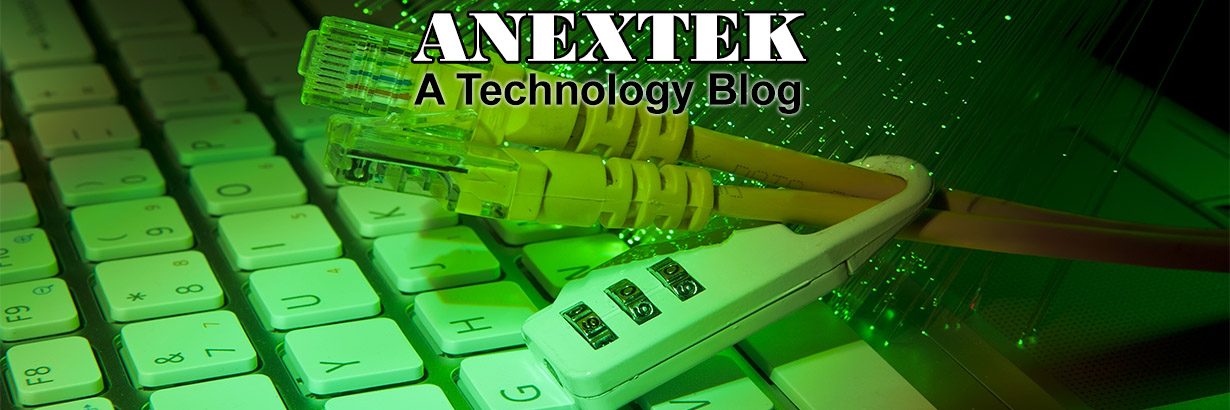This article was written by Samuel Phineas Upham,
Illegal logging activity presents one of the biggest threats to the Amazonian rainforest. The rainforest is home to roughly 30% of the world’s wildlife population and is responsible for recycling the CO2 in our air. Strong demand from across the globe has fueled these risky logging operations, on the promise of big profits for the trouble.
New technology stands to aid in the battle against illegal logging, with law enforcement gaining the ability to check the rainforest from afar.
Satellite technology can tell us a lot about the rainforest. We can see how much we have lost and use receptors to measure carbon dioxide levels in the air. These are indicators of the health of the forest. For a long time, this sweeping method of tracking was perfect for catching loggers in the act. But demand for rare trees has skyrocketed, forcing these illegal loggers to seek less publicized paths into the forest. Radio monitoring also helps when there is a signal to be found. Reception is spotty, and this method of tracking thieves is not always effective.
There is new technology under development that would actually allow law enforcement to communicate with the trees. Using a powerful communicator, law enforcement can use cell signals to check the status of trees. Combined with special night vision cameras, law enforcement is able to find the location of illegal logging and secure evidence of the perpetrators in the act.
The illegal lumber trade doesn’t just depress the forests, it hurts the economy too. The new generation of law enforcement in the Amazon will utilize technology to protect these forested areas.
About the Author: Samuel Phineas Upham is an investor at a family office/hedgefund, where he focuses on special situation illiquid investing. Before this position, Samuel Phineas Upham was working at Morgan Stanley in the Media & Technology group. You may contact Samuel Phineas Upham on his Samuel Phineas Upham website.
